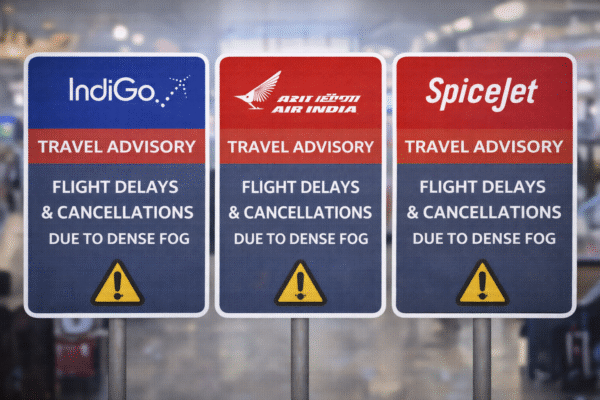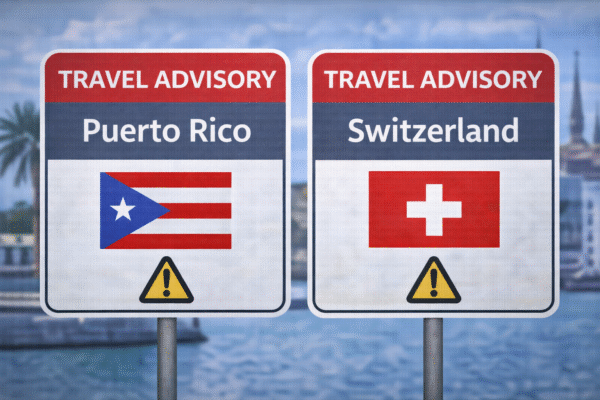For Australians, Bali continues to be much more than just a holiday destination—it’s a beloved ritual. In 2025, Bali has unequivocally maintained its position as Australia’s most frequented foreign getaway. From January through May, over 612,792 Australians trod the sands of this tropical paradise—accounting for 23.17% of all international arrivals to Bali in that period, a strong 7.45% rise year‑on‑year.
This surge underscores a persistent appeal: Bali remains affordable, accessible, and culturally compelling. Flight durations from major Australian cities typically land just under six hours, and return tickets often hover below AUD 500—especially when booked through budget airlines. Once on the island, travellers enjoy a cost of living significantly lower than in Australia, enabling quality stays, dining and cultural experiences without breaking the bank.
Beyond affordability, Bali’s diverse landscapes and experiences are a magnet for all kinds of travelers. Whether it’s surfing the famed breaks of Kuta, meditative strolls through Ubud’s lush rice terraces, spirited temple visits, or discovering serene beaches in the quieter north, the island offers a wide-ranging palette of attractions that keeps Aussies coming back.
Tourism is no small affair for Bali—it’s a cornerstone of the economy. In 2024, Indonesia welcomed 13.9 million foreign visitors, with tourism accounting for nearly 4.8% of the national GDP. Bali, itself, saw a staggering 6.33 million international tourists in 2024, on track to reach 6.5 million in 2025, though this boom has unearthed pressing challenges like overcrowding, environmental strain, and strained local infrastructure.
Addressing growing pressures, authorities are pursuing two strategic responses:
- North Bali International Airport – A long-awaited second airport, located in Kubutambahan in Buleleng Regency, is expected to start construction by the end of 2025, with funding confirmed and the president’s approval secured. Once completed, possibly by 2027, it will relieve congestion at Ngurah Rai (Denpasar) and open up the tranquil north to tourism dispersal. The project aims to eventually handle far more traffic than the existing airport and stimulate equitable regional development.
- Sustainable Management – In response to overtourism, Bali introduced a mandatory US$9 tourist tax in 2024 (though uptake has been patchy), tightened behavioral guidelines, and considered restrictions on mountain visits and motorbike rentals to protect cultural and environmental integrity.
Natural events have also prompted swift action. In 2024, Bali recorded 582 earthquakes, an alarming 80% increase from the previous year. Fortunately, most were minor, but the spike—combined with the threat of tsunamis along the southern coast—has led tourism agencies to ramp up safety education, urging visitors to know evacuation procedures and stay alert.
Meanwhile, local infrastructure is visibly buckling under the weight of popularity. Viral footage of gridlocked traffic in Canggu—once a sleepy beach town turned overrun hotspot—has sparked concern among tourists and ignited discussions about alternative routes and transport solutions like sea taxis to ease congestion.
Despite these challenges, Bali’s unique blend of affordability, cultural richness, and variety ensures Australians still see it as a top choice. Recent national data shows that 14% of all outbound trips from Australia in 2024–2025 were to Indonesia, with Bali acting as the dominant lure.
Looking ahead, Bali is at a crossroads. Success will hinge on how effectively it balances its tourism allure with thoughtful, sustainable planning. If managed well, the new airport, infrastructure improvements, and responsible tourism measures could preserve the island’s charm while easing pressures on its ecosystem and culture.
Australia’s unshakable affection for Bali is grounded in that rare trifecta of budget-friendly prices, easy travel access, and immersive cultural and natural experiences. For 2025 and likely years to come, Bali remains a tropical haven that Aussies know, love—and keep returning to—not just for a holiday, but for a connection.
For more travel news like this, keep reading Global Travel Wire
















